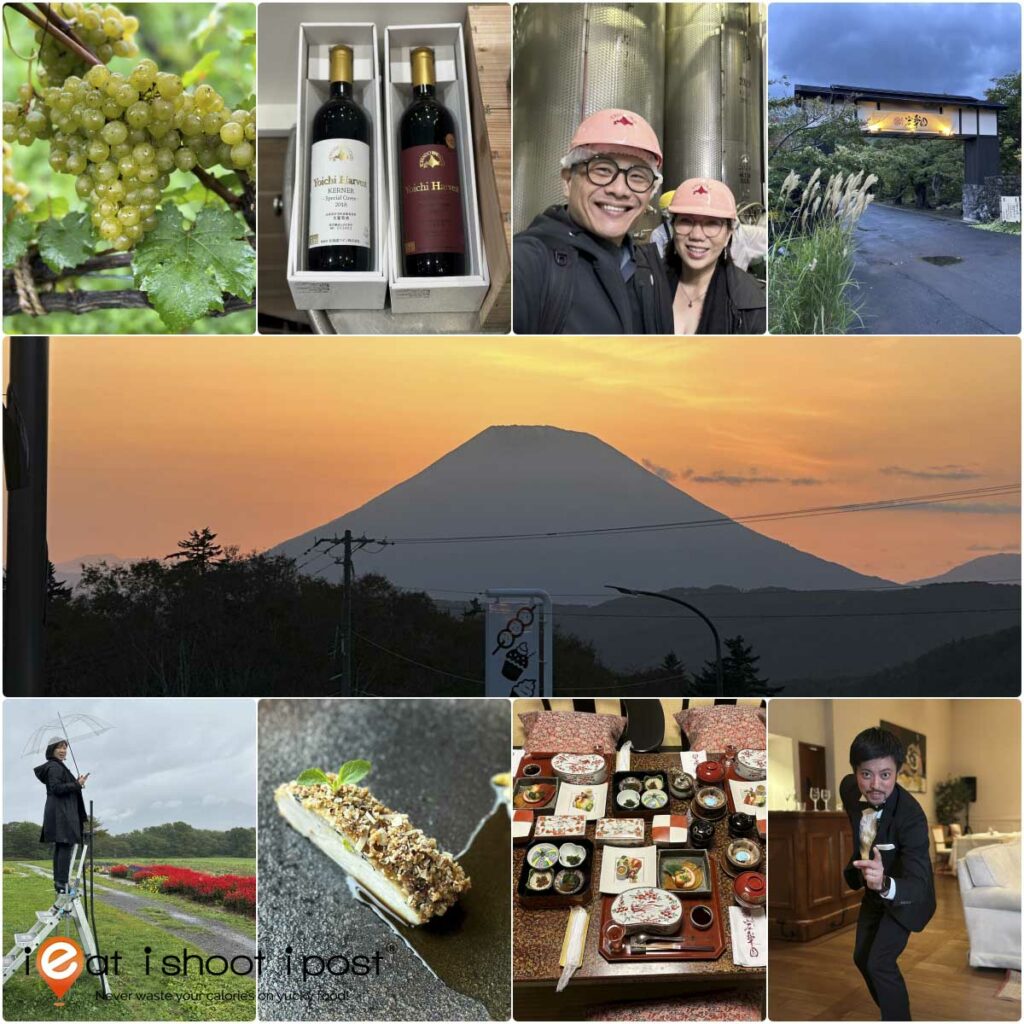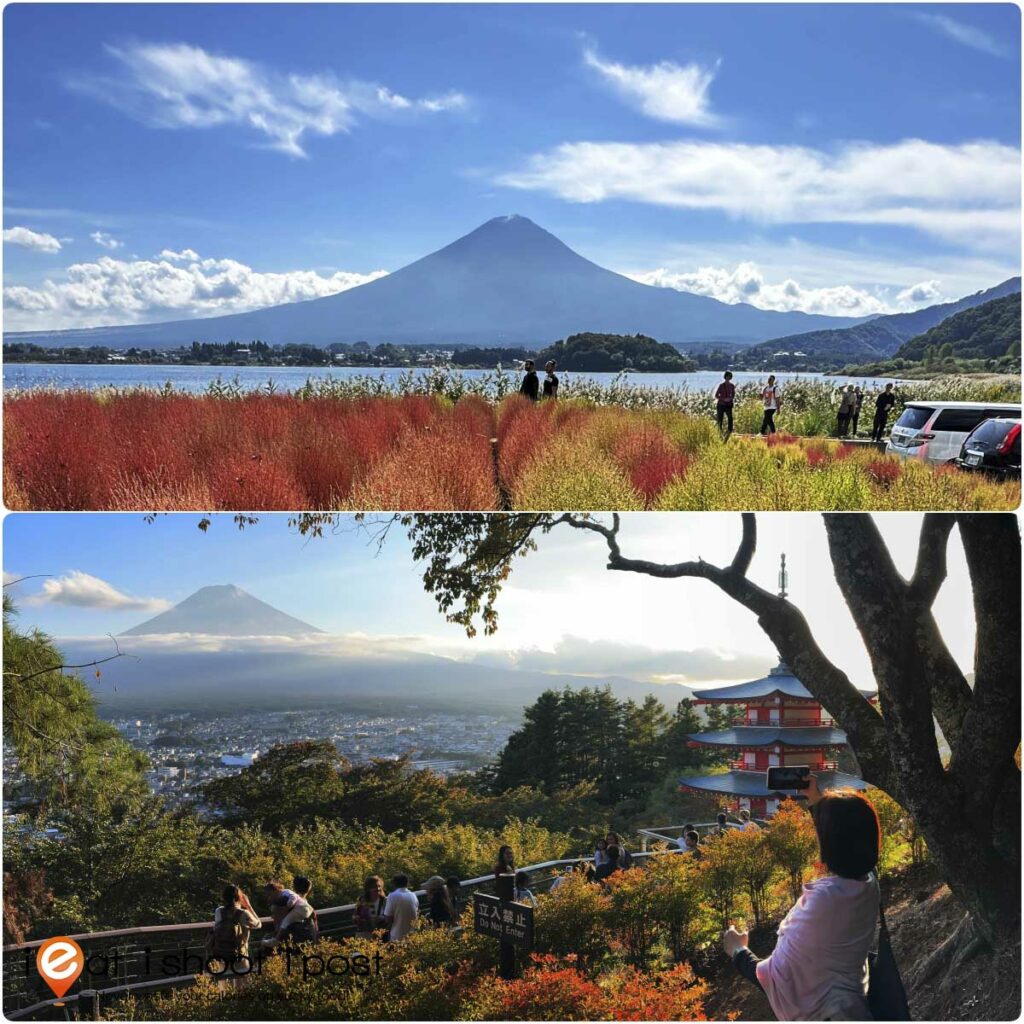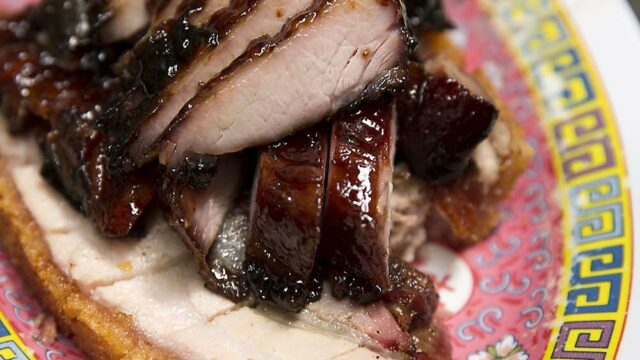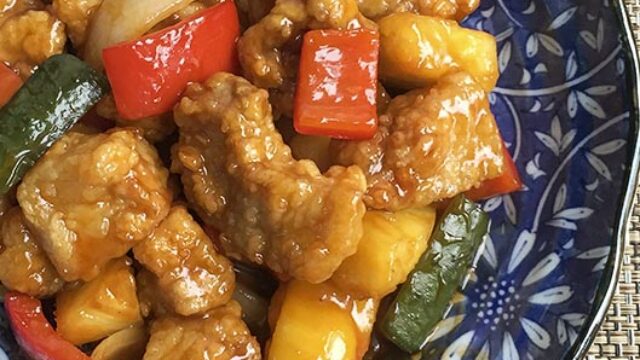
It was in 1908 that Professor Kikunae Ikeda stopped midway through his dinner, intrigued by the fact that his cucumber soup was more delicious than usual. He suspected that the secret to the flavour must have come from the kombu (kelp) and went on to make the most important gastronomic discovery of the 20th century — the essence of deliciousness!
He suspected that the key to deliciousness must have been due to some substance in the Kombu and spent the next 6 months trying to distil it. The molecule that he finally isolated was monosodium L-glutamate, the basis for umami, the fifth taste. He went on to found the Ajinomoto company which made MSG a condiment which would eventually find its way into kitchens all over the world. The scientific community was sceptical about the existence of a fifth taste for nearly a century and it wasn’t until recently that the taste receptor for glutamic acid was found, confirming umami as one of the five basic tastes.
Kombu contains one of the highest amount of glutamates in nature and is a key ingredient in Japanese cuisine. You might not remember biting into a slice of it but its deliciousness is found in many of the soups and sauces. It is used together with shaved bonito flakes (katsuoboshi) to make dashi, the basic stock which is found in every Japanese restaurant. Add some tofu and seaweed into dashi and you have a clear tofu soup. Add some miso paste and you get miso soup. Sushi chefs often add kombu stock to shoyu to give their sushi dipping sauce (tosa jyu) that extra umami kick. Dashi is also used as the stock for shabu shabu, braising sauces, tamagoyaki (egg rolls) and almost every dish that requires stock! Take away kombu and Japanese cuisine would be unrecognisable.
I have long been intrigued by kombu. Like any other ingredient, the quality of kombu depends on terroir. 90% of the Kombu produced in Japan comes from the waters surrounding Hokkaido and there are many different types such as Rishiri kombu, Rausu kombu, Hidaka kombu and Misuishi kombu. Each type not only refers to the place where the kelp is harvested but also its variety. I had the privilege of visiting the fishing town of Minami Kayabe in the southern part of Hokkaido which Ma-Kombu is harvested and processed. In Japanese cuisine, the pre-fix, Ma (真) means “true” and is used to indicate that the this particular type of kombu is one that is most sought after. In fact, it is the Ma-Kombu produced in this region that is requested and sent to the Emperor of Japan!
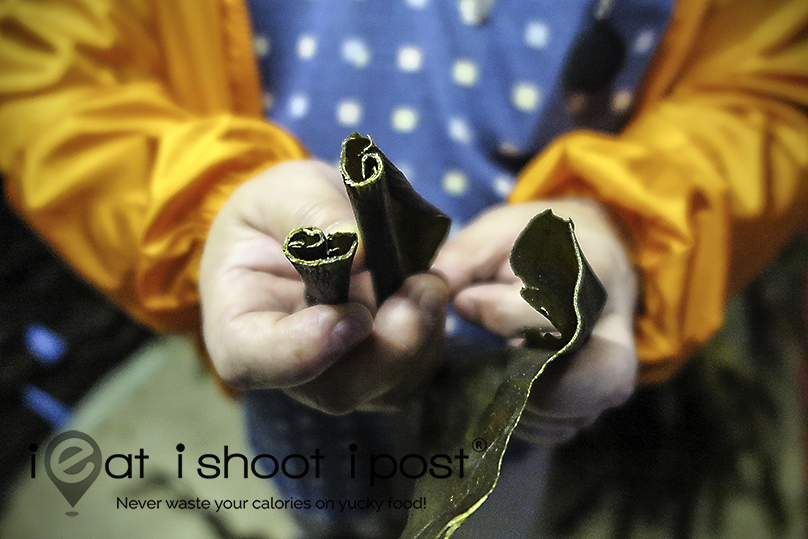
Kombu is harvested from end of June to the end of Aug. The process is quite straightforward. After the kelp is harvested from the sea, it is transported by boat to the dock where it is immediately washed to get rid of any barnacles or other impurities. The kelp is then hung up to dry in a hot drying room and once it is dry it is sent to the packaging plant.
The best grade of ma-kombu are the 2 year old, wild (天然 –tennen) shiro kuchi hama kombu. These are recognized by the whitish core when the kombu is cut across. This kombu is regarded as best for making the delicate ichiban dashi stock for clear soups. It gives the most intense, yet delicate and clean tasting umami that is favoured by top chefs.

In order to meet the demand for kombu, they have managed to successfully cultivate and farm kombu. It is currently being farmed in Minami Kayabe, Rishiri and Rausu. Unlike wild kombu, farmed kombu is usually harvested at 1 year instead of 2. They do this in order to maximize the harvest as the risk for disease and damage increases. This does result in a the kombu that does not have the complex flavour of a fully matured kombu, but it is good enough for everyday use at a good price.

The kombu spores are first germinated in the nursery where they are inoculated onto ropes that are tied onto a triangular frame. When these spores begin to sprout, they are then transferred onto thicker ropes which are then hung in the in the ocean.
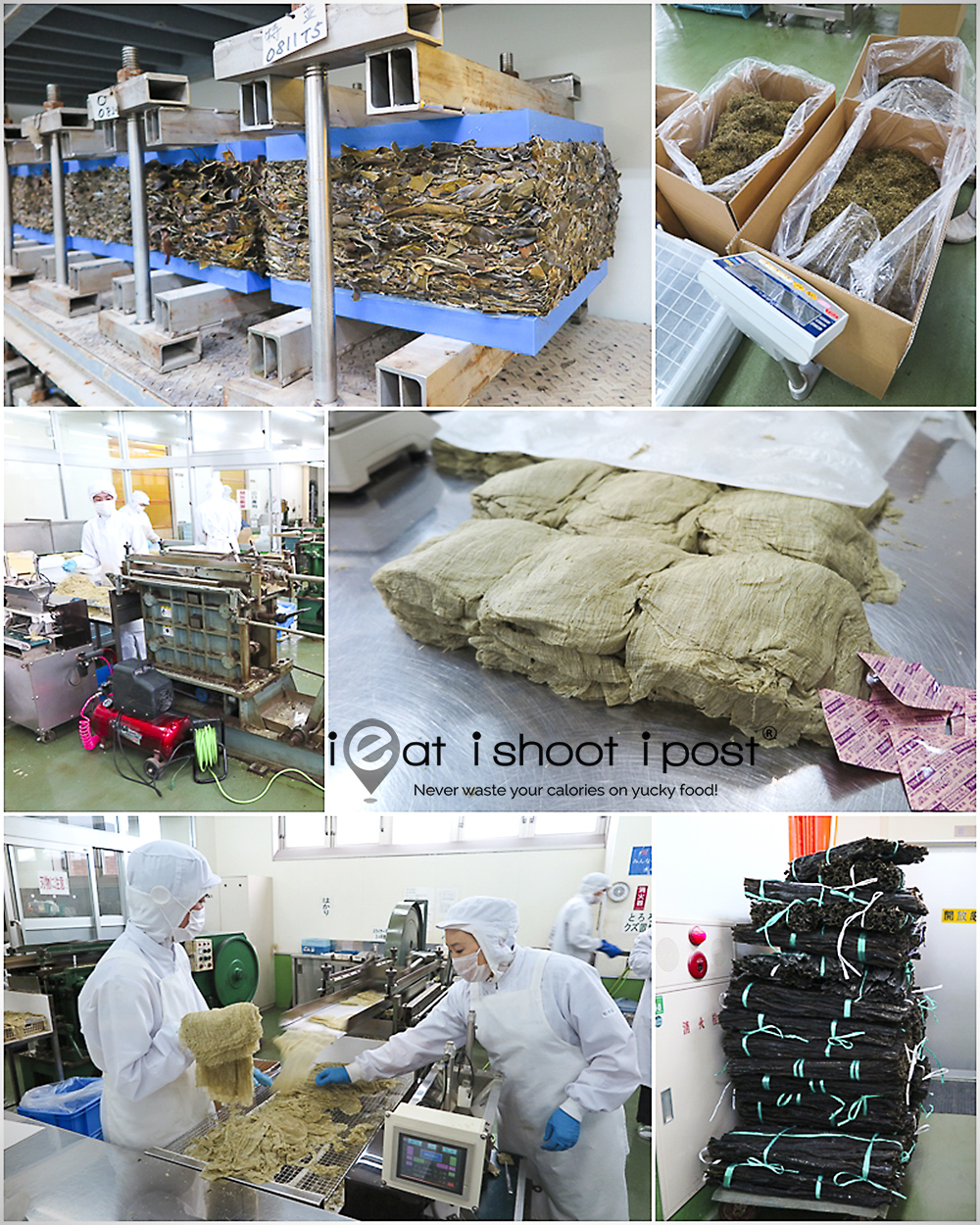
Kombu sheets are also process into other food ingredients such as tororo kombu. The kombu sheets are first soaked in a vinegar solution, then dried, stacked, compressed and aged. They are then shaved crosswise to become thin mueslin like sheets. These sheets can be used to put into soups where it flavours the soup as well as give it a gooey, slimy texture that the Japanese like. Apart from being rich in minerals, tororo kombu is also low in calories while at the same time provide early satiety. It might just be the next big thing for people on a diet!
Conclusion
Kombu is the secret ingredient behind most Japanese dishes. Its umami power comes its high concentration of glutamates which enhances the natural flavour of other ingredients like meats and mushrooms. Making a basic stock from kombu is a simple as soaking dried kombu sheets overnight or cooking it in 65 degree water for an hour. What you will get is a glutamate rich broth that can be used to enhance your soups and gravy par excellence!
References:
Hokkaido Food Library
Cooking Issues: Kombu Nation 2
Kurakon USA
Acknowledgement
This trip was sponsored by the Hakodate Tourism Board.




